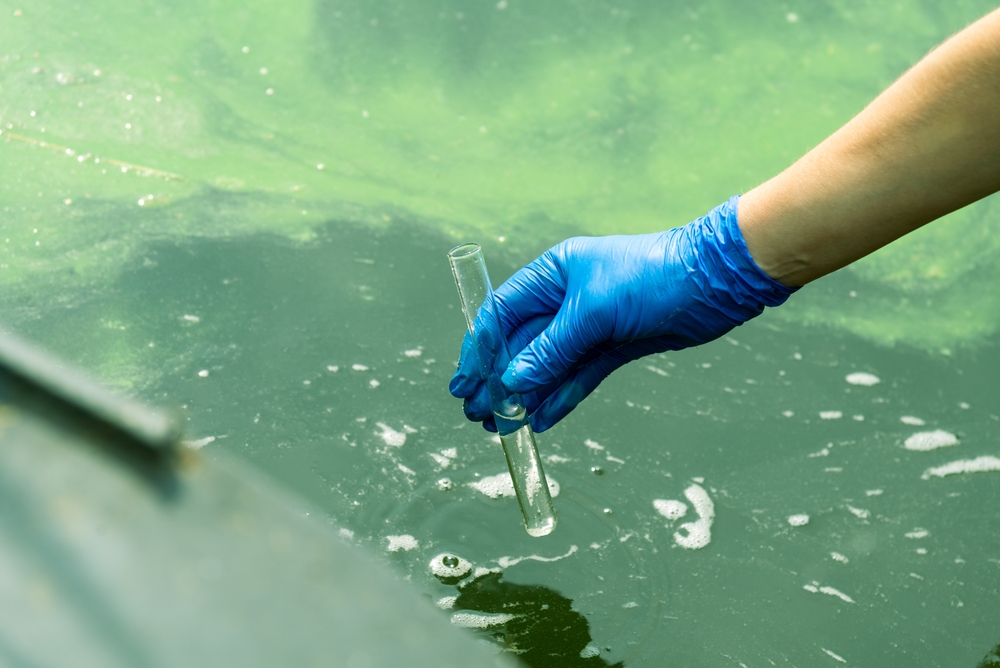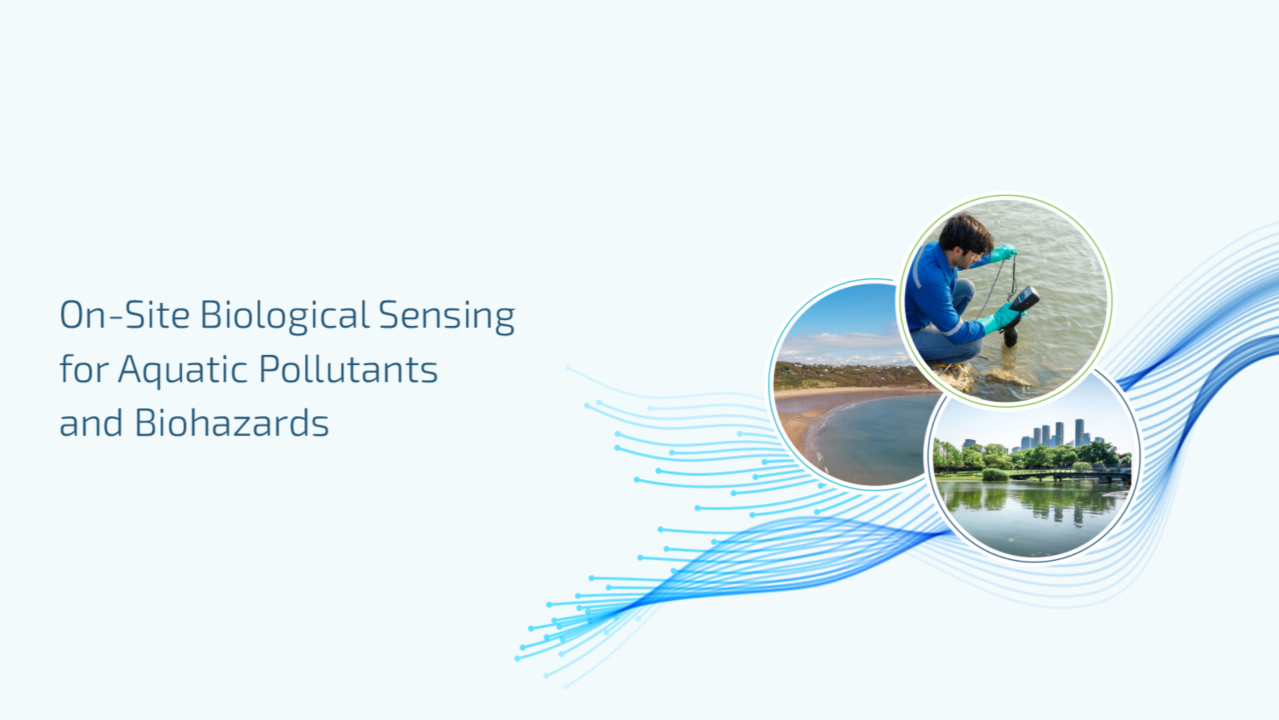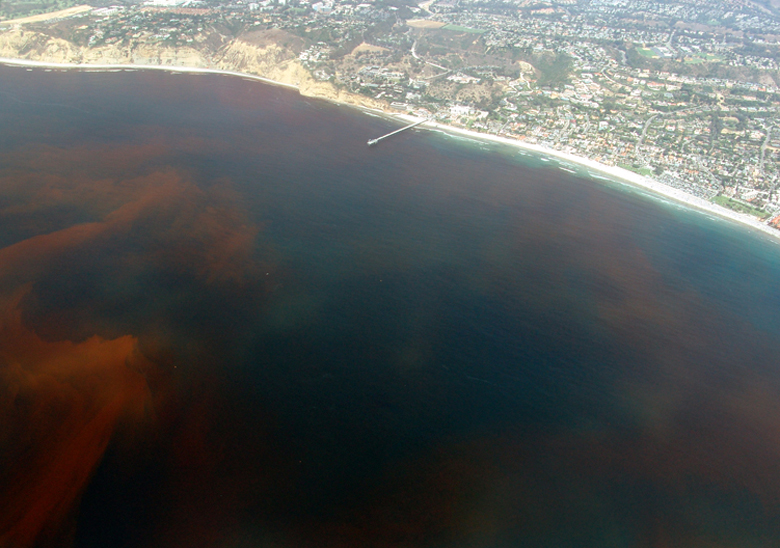
How Molecular Sensors could alleviate the cost and delay of water quality analysis
Natural water systems are regularly subject to contamination with harmful microorganisms. Sometimes these are natural events that propagate for a short time and subside. However, increasingly these events are exacerbated by the release of sewerage and nutrients into waterways and coastal zones, leading to concerns about the safety and standards of waters used for bathing or to produce food by aquaculture. Globally, these water systems need better management to enable local authorities to control the risk to public health and minimise the impact and cost to the economy.
The AquaBioSens project is contributing new tools that will assist authorities in monitoring the frequency and severity of contamination events for two key groups: Faecal Indicator Bacteria (FIB) that provide probable evidence of the presence of important human pathogens such as Norovirus, and Harmful Algae Bloom Species (HABS) that can overgrow and suffocate aquatic wildlife and produce potent neurotoxic and diarrhetic poisons that enter food supplies. These tools will provide local authorities and regulators with the means to quickly and reliably assess the presence of these species and provide advanced early warning to mitigate their impact.
Why do we need these new tools?
Standard practice for assessing the microbiological composition of a water supply is essentially retrospective. A water sample is collected and preserved before transport to a laboratory to undergo an expensive and protracted analytical process, which may provide results within a few days. This is expensive, and the delay increases the risk to public health from sudden and stochastic events when those impacted are not given adequate warning. Our new tools focus on the provision of in-field analysis using molecular biological methods that are extremely sensitive and rapid. A water sample is analysed on-the-spot by measuring genetic sequences that correspond to a range of target species that may indicate a risk to public health or local food production. When a threat is detected, samples can be collected and sent to the lab, but meanwhile those impacted can be given and early warning of risk.
The benefit of implementing genetic sensors
Methods to detect and measure genetic sequences have been around for many decades and are used across science and industry to monitor biological systems and processes. Their main advantage is the speed with which a particular target organism can be detected, often within a matter of minutes. Whilst they can be limited in some regards, for example, they require specialist personnel, many of their shortcomings can be addressed with new technology. AquaBioSens partners – the National Oceanography Centre (UK) – have invented a new technology ‘Flexible Fluidics’ that enables genetic analysis to be automated and miniaturised for applications that require portable sensors. We are working with the University of Southampton (UK) and the Foundation for Research and Technology Hellas (Greece) on new methods to directly measure both FIB and HABS, that will be trialled with local authorities in regions susceptible to contamination. This work will provide a better understanding of how these methods and technologies can be integrated with existing statutory water quality monitoring programs in the UK and around the world.
Author: Jonathan McQuillan
Links
Keywords
molecular sensors, genetic sensors, public health, aquaculture, costs, food production, harmful algal bloom, safety, bathing, drinking





